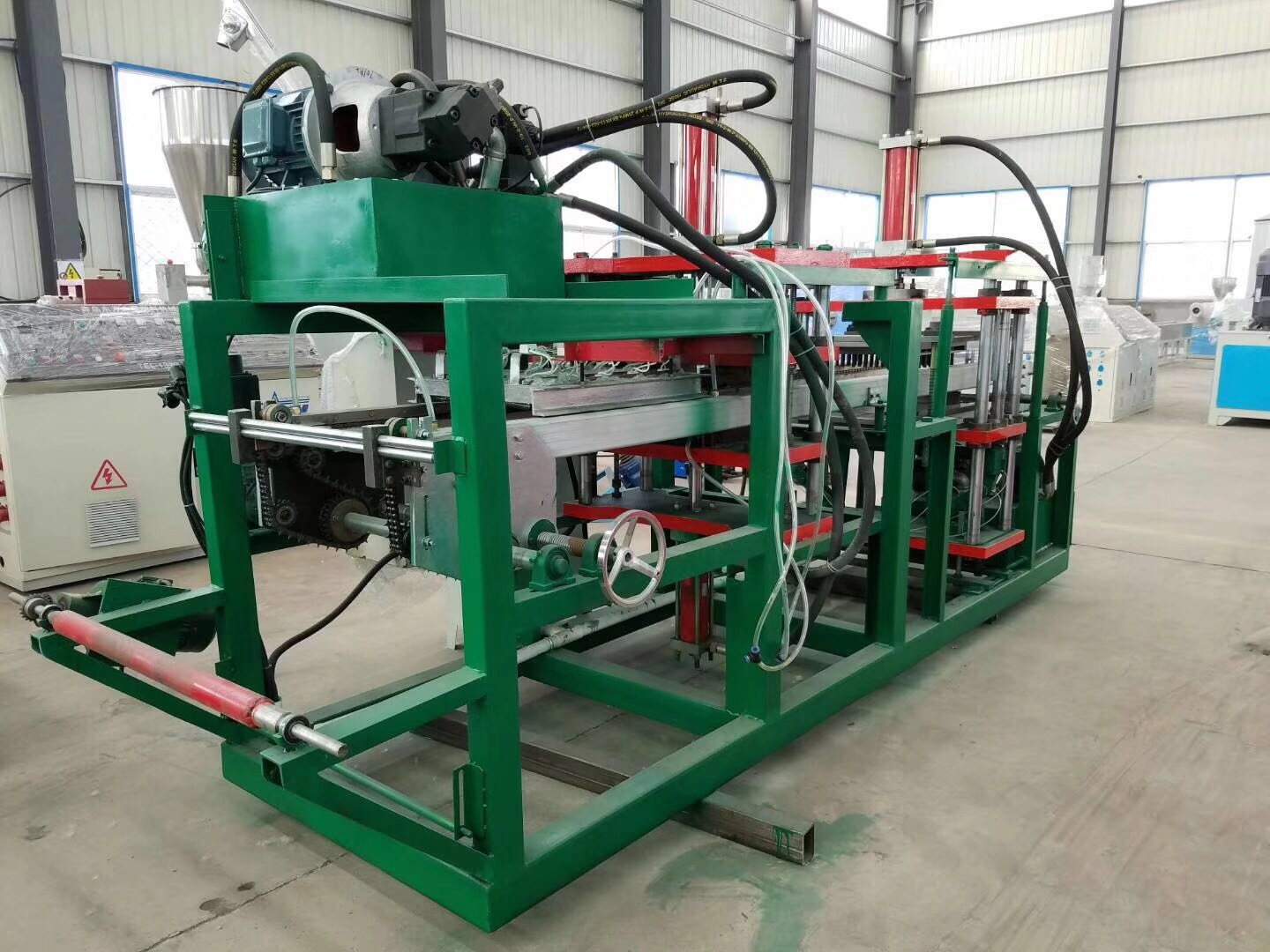China's standard code system is a comprehensive framework that categorizes various national and industry-specific standards. These codes help in identifying the origin, scope, and application of each standard. Here’s a detailed overview:
**National Standards:**
- **GB**: National Standards (General)
- **GB/T**: National Recommended Standards
- **GBn**: National Standards (Internal Distribution)
**Industry Standards:**
- **MT**: Coal Industry Standards
- **HB**: Aviation Industry Standards
- **QJ**: Aerospace Industry Standards
- **GJB**: National Military Standards
- **QB/SG**: Light Industry Department Standards
- **ZB**: Industry Standard (Professional Standard)
- **JZ/JG**: Urban and Rural Environmental Protection Department Standards
- **ZBn**: Industry Standard (Internal Distribution)
- **CB**: China Shipbuilding Corporation Standard
- **ZJB**: Professional Military Standard
- **LD**: Labor and Personnel Standards
- **JB**: Machinery Industry Standards (formerly)
- **JC**: National Building Materials Bureau Standards
- **JB/Z**: Ministry of Machinery Industry Guidance Documents
- **JJC**: National Bureau of Metrology Standards
- **EJ**: Formerly Nuclear Industry Standards
- **CAS**: China Association for Standardization Standards
- **YB**: Metallurgical Department Standards
- **CVA**: China Valve Industry Standards
- **HG**: Chemical Industry Standards
- **Q/TH**: General Machinery Industry – Chemical General Machinery Professional Standards
- **SY**: Formerly Ministry of Petroleum Standards
- **JB/TQ**: Machinery and Electronic Industry General Machinery Industry Standard
- **SD**: Hydraulic Power Standard
- **H**: High Pressure Pipe, Fittings, and Fasteners General Design Standard
**Foreign Standards:**
- **ISO**: International Organization for Standardization
- **AISI**: American Iron and Steel Institute Standard
- **ANSI**: American National Standard
- **API**: American Petroleum Institute Standard
- **BS**: British National Standard
- **MSS**: American Valve and Fitting Manufacturer Standardization Association
- **DIN**: German National Standard
- **AWS**: American Welding Society Standard
- **NF**: French National Standard
- **ASI**: American Society of Standards Institute
- **JIS**: Japanese Industrial Standard
- **MIL**: American Military Standard
- **ASME**: American Society of Mechanical Engineers Standard
- **JPI**: Japan Petroleum Institute Standard
- **ASTM**: American Society for Testing and Materials Standard
These codes are essential for ensuring consistency, quality, and safety across industries in China and internationally. They provide a clear reference for manufacturers, engineers, and regulatory bodies to follow standardized practices. Understanding these codes helps in selecting the right standards for specific applications, especially in international trade and engineering projects.
Blister Packaging Machine
The blister machine (also called the thermoforming machine) is a machine that sucks the heat-plasticized PVC, PE, PP, PET, HIPS and other thermoplastic plastic coils into various shapes of high-grade packaging boxes, frames and other products. Using the vacuum suction force generated by the vacuum pump, the heated and softened PVC, PET and other thermoplastic plastic sheets are blister-molded into various shapes of vacuum covers, blister trays, blisters, etc.
Machine introduction
The principle of the blister forming machine: blister forming is also called thermoforming. This forming process mainly uses the vacuum suction generated by the vacuum pump to soften the heated PVC, PET, PETG, APTT, PP, PE, PS and other thermoplastic plastic sheets The material is vacuum-formed into various shapes of vacuum hoods through molds, or attached to the surface of various shapes of products. According to the thickness of the sheet, the blister is divided into thin blister and thick blister.
The main structure of the machine is composed of feeding, drawing, upper and lower electric heating furnace, lower gate, multi-functional adjustable size, lower mold plate, upper mold, upper gate, knife gate, slicing, placing film, and vacuum equipment. ;
The common products of thick plastic blister include: household appliance inner shell, luggage, display rack accessories, decoration, car interior, bumper, mudguard, beauty equipment, light box shell, toy car shell, industrial panel, advertising light box, Blister LOGO, bathroom products, refrigerator liner, etc.
main application
Plastic packaging industry (blister packaging, plastics, batteries, toys, gifts, hardware, home appliances, electronics, stationery, decoration)
Food packaging industry (fast food boxes, fruit trays, biscuit boxes)
Pharmaceutical industry (pill packaging, tablet packaging)
Industrial cooling tower cooling water deflector, etc.
Three-dimensional relief patterns for decoration, plastic ceilings, wall panels, automotive materials, sanitary equipment and other manufacturing industries.
Suitable for the production of various color sheets: polyethylene PS, polyvinyl chloride PVC, organic glass, ABS, polymethyl methacrylate; flocking sheets; environmentally friendly sheets APET, PET, PP, etc.; photodegradable materials; biodegradable Materials and other plastic products.

vacuum forming machine,Blister machine,plastic Blister machine
Shandong Top Leader Plastic Packing CO., LTD , https://www.sdzlplastic.com
